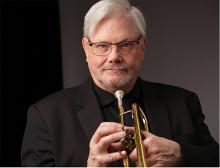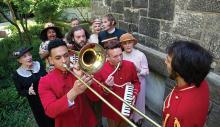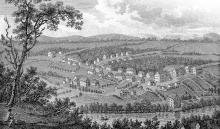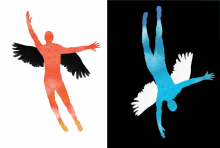
American pragmatist Charles S. Peirce began writing about semiotics in the mid-19th century. Theosemiotic is the focus of an upcoming book by Michael Raposa, which investigates Peirce’s theory of signs and its application to certain issues in philosophical theology.
Although sign theories have a long history, Peirce’s account is distinctive and innovative for its breadth and complexity and for capturing the importance of acts of interpretation for understanding the process of signification. Peirce adopted the term “semiosis” and defined it to mean “an action, or influence, which is, or involves, a cooperation of three subjects, such as a sign, its object and its interpretant, this trirelative influence not being in any way resolvable into actions between pairs.” Rather than being a dyadic relationship between some sign and its object, as in other theories, Peirce argued that semiosis only occurs in those instances where a sign links its object to an interpretation. A sign both represents its object and determines an “interpretant.”
In 1989, Raposa, professor of religion studies and E.W. Fairchild Chair in American Studies, coined the term “theosemiotic” to serve as a label for Peirce’s basic metaphysical perspective on the world, as well as to identify his highly original philosophical methodology for addressing religious questions and understanding religious truth claims.
“The power of his theory is that, everywhere you turn, there are signs of some kind,” says Raposa.
As Peirce expressed it, “The universe is perfused with signs.”
In some cases, this is obvious, as with the languages that we create and use. But for Peirce, even ordinary acts of sense perception, like recognition of a tree outside a window as a tree, are semiotic events, involving both the creation and discovery of meaning.
Raposa’s book provides a clear outline of theosemiotic, not only as Peirce conceived it, but as it might be understood and further articulated by contemporary philosophers of religion. Theosemiotic is a distinctive tradition in American religious thought that can be traced back through Ralph Waldo Emerson to Jonathan Edwards. It comes to its zenith with Peirce and then influences the work of William James, Josiah Royce and others. Raposa posits that theosemiotic also has some medieval roots, particularly in the writings of John Duns Scotus, a 13th-century Franciscan.. Raposa notes that, if one traces the legacy of Scotus to its modern development in Peirce’s thought, then a different picture of Scotus’ relationship to modernity emerges into view. Peirce himself read Scotus carefully and regarded him as one of the most important philosophers who ever lived.
As with other American pragmatists, Peirce insisted on the continuity between theory and practice, thought and feeling, interpretation and behavior. Experiences and practices labeled as “religious” are not simply raw information to be subjected to careful philosophical scrutiny, says Raposa. They have a fundamentally interpretive dimension and function, so that the meaning of religious ideas is signified by and embodied in certain habits of feeling and patterns of conduct. For Peirce, our disciplined practices display a logic that more effectively exposes the meaning of religious beliefs and ideas than any carefully articulated verbal argument or explication ever could.
































